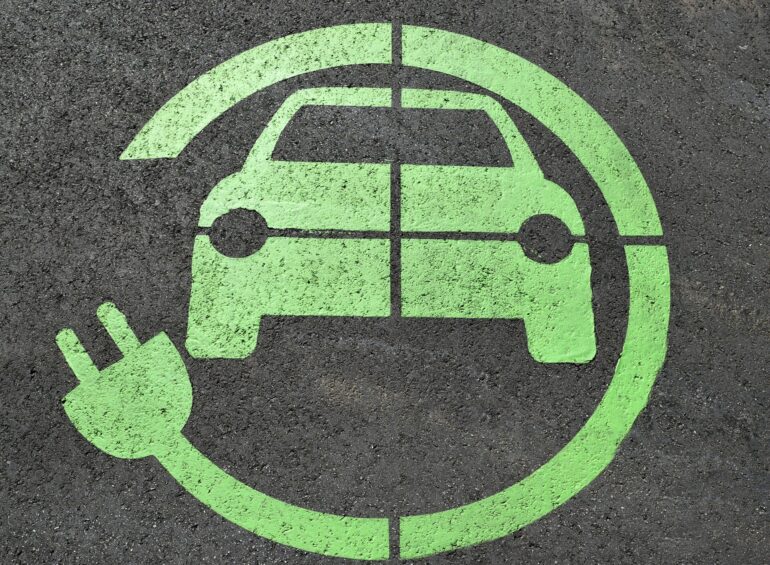Countries globally are rapidly transitioning to a cleaner energy future—accelerating their push for electric vehicles alongside ambitious targets to phase out gasoline and diesel in transportation. Global electric car sales surged by around 25% in the first quarter of 2024 from the same period in 2023 and are projected to reach approximately 17 million units by the end of the year, accounting for more than one in five cars sold globally.
In Singapore, under its Singapore Green Plan, all new car registrations will have to be cleaner-energy models by 2030, with a target of 60,000 EVCS by the same year. As an essential infrastructure within the broader push for electric vehicles, a comprehensive understanding of EVCS deployment and associated factors is crucial for policymakers, industry stakeholders, and consumers.
Researchers from the Mens, Manus and Machina (M3S) Interdisciplinary Research Group (IRG) of Singapore-MIT Alliance for Research and Technology (SMART), MIT’s research enterprise in Singapore, in collaboration with the University of Florida, Melbourne Business School, Tongji University, and the Massachusetts Institute of Technology (MIT), have published a study in Nature Communications, one of the first worldwide, that demonstrates the economic benefits of Electric Vehicle Charging Stations (EVCS).
In the paper, titled “Effects of Electric Vehicle Charging Stations on Economic Vitality of Local Businesses,” the researchers analyzed data from over 4,000 EVCS and 140,000 business establishments in California, U.S., finding that installing one EVCS boosted spending at nearby establishments by 1.4% in 2019 and 0.8% from January 2021 to June 2023, leading to an overall increase of USD 6.7 million in 2019 and USD 19.5 million between January 2021 and June 2023, with EVCS attracting higher-income, exploratory visitors and residents.
Akin to the successful business practice of having convenience stores at gas stations, the research illustrates that combining accommodation and food services; arts, entertainment, recreation; and retail trade options with EVCS can significantly boost revenue by attracting more customers, thereby enhancing local economic vitality.
Using a ‘difference-in-differences’ methodology—a way to measure the effect of something (like a new policy) by comparing changes over time between two groups (one that experiences the change and one that does not)—and analyzing data from 4,000 EVCS and 140,000 business establishments in California, U.S., the researchers established a causal link between EVCS presence and favorable economic outcomes.
While EV owners were more likely to be from higher-income populations, with EVCS attracting higher-income visitors, the economic benefits were not confined to high-income neighborhoods. The installation of EVCS also stimulated consumer spending in underprivileged areas—serving as a potential catalyst to enhance economic vitality for businesses within these communities.
The study revealed that strategically positioned EVCS could significantly impact urban planning and economic development. For EVCS operators, this offers an opportunity to create business models and strategically partner with local businesses to drive local economic growth, while policymakers, including those in geographies with a growing EV market such as Singapore, can use these insights to integrate the economic benefits of EV infrastructure into their planning and investment strategies.
The research team employed a comprehensive analytical framework, analyzing real-world data from various regions in California, U.S., using advanced statistical techniques, machine learning, and economic forecasting to ensure high confidence in their results. This approach not only sets a new benchmark for EV infrastructure research but also provides a solid foundation for future studies on the broader impacts of EV adoption.
“Uncovering the synergistic relationship between EVCS and urban planning is essential for the creation of sustainable cities. Our research emphasizes the importance of a comprehensive infrastructure approach that incorporates EVCS into broader mobility and land-use strategies,” said Dr. Yunhan Zheng, Postdoctoral Associate at SMART M3S, first and corresponding author of the paper.
“By optimizing EVCS placement and considering factors such as public transportation accessibility and green spaces, we can develop more livable and climate-resilient urban environments.”
“Electric Vehicle Charging Stations (EVCS) can be powerful catalysts for economic growth, particularly in underprivileged areas, and our findings provide useful insights for policymakers and stakeholders committed to advancing clean energy goals while fostering economic development,” said Professor Jinhua Zhao, Lead Principal Investigator at SMART M3S, Professor at MIT, and one of the authors of the paper.
“Drawing on insights from research and theoretical frameworks, strategically deployed EVCS can stimulate job creation, attract new businesses, and enhance property values, resulting in economic and social benefits of clean energy infrastructure.”
Moving forward, SMART M3S’ work will concentrate on conducting further studies to optimize the placement of future EVCS in Singapore. Building on insights from current research, the team aims to maximize the positive impact of EVCS on local economies by strategically positioning these stations to stimulate economic growth and development within Singapore and globally.
More information:
Yunhan Zheng et al, Effects of electric vehicle charging stations on the economic vitality of local businesses, Nature Communications (2024). DOI: 10.1038/s41467-024-51554-9
Provided by
Singapore-MIT Alliance for Research and Technology
Citation:
Study links EV charging stations to increased local business activity (2024, September 11)



